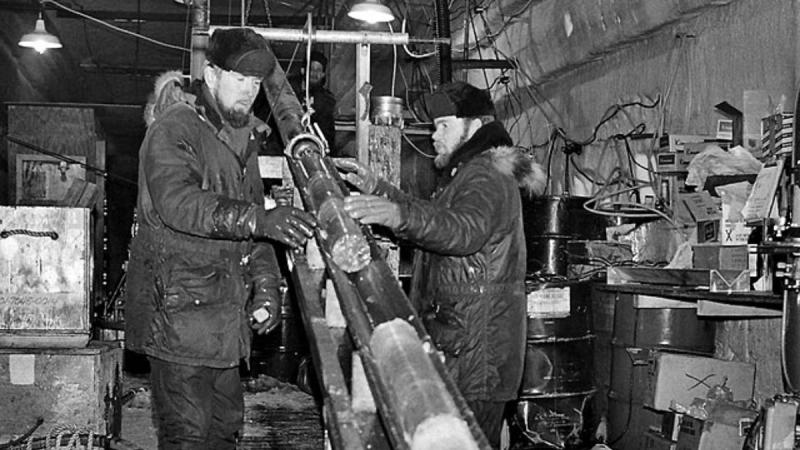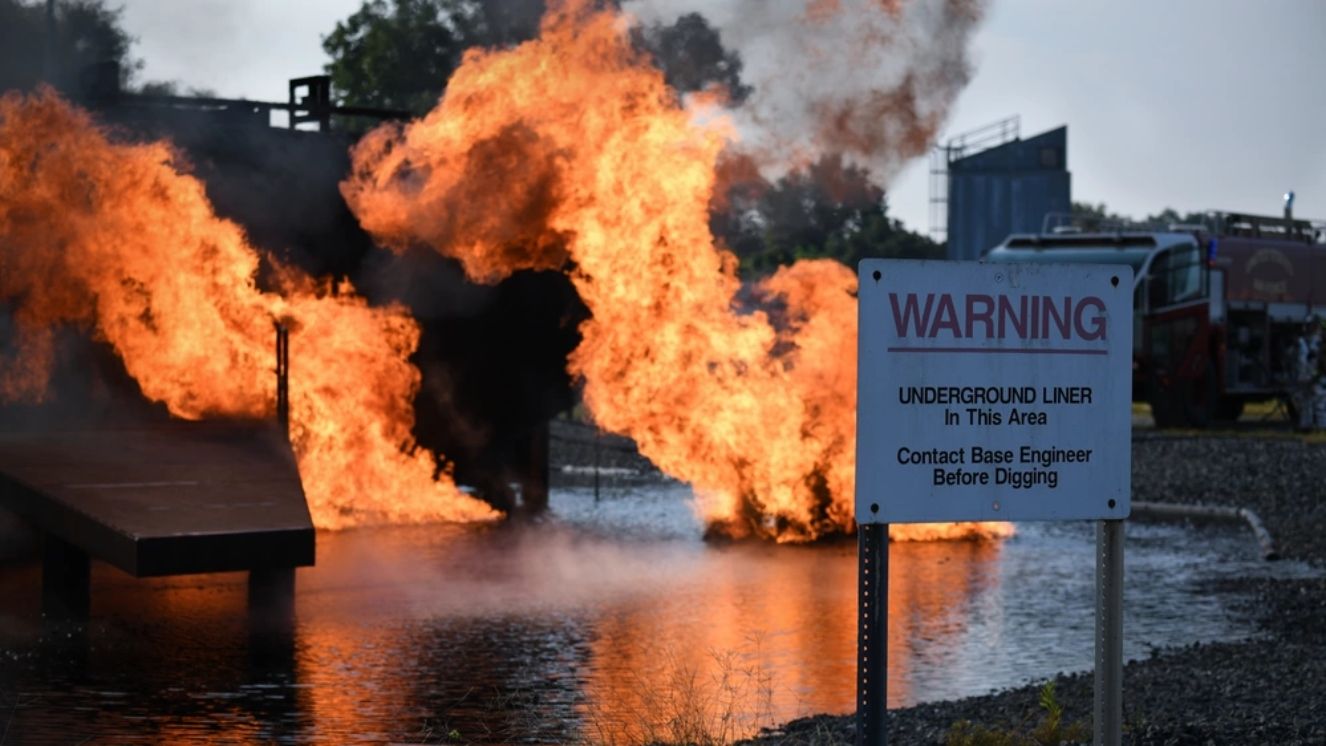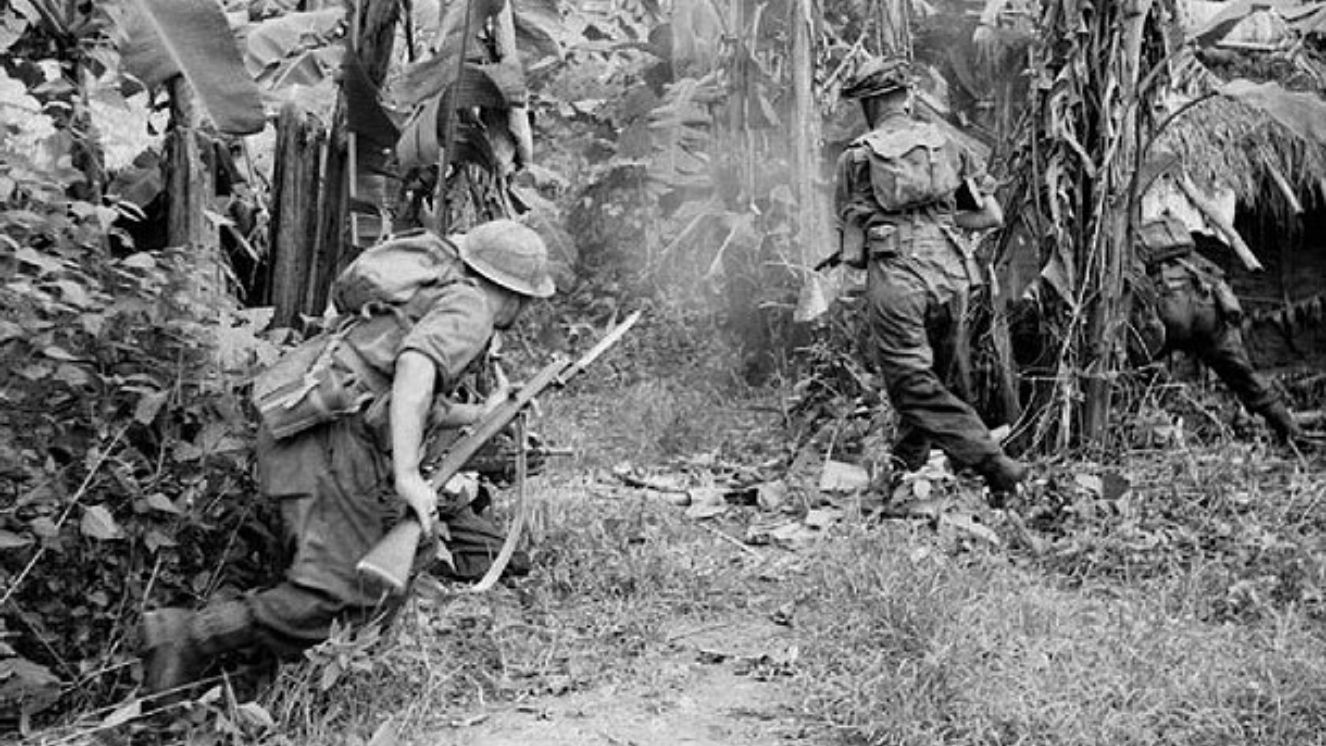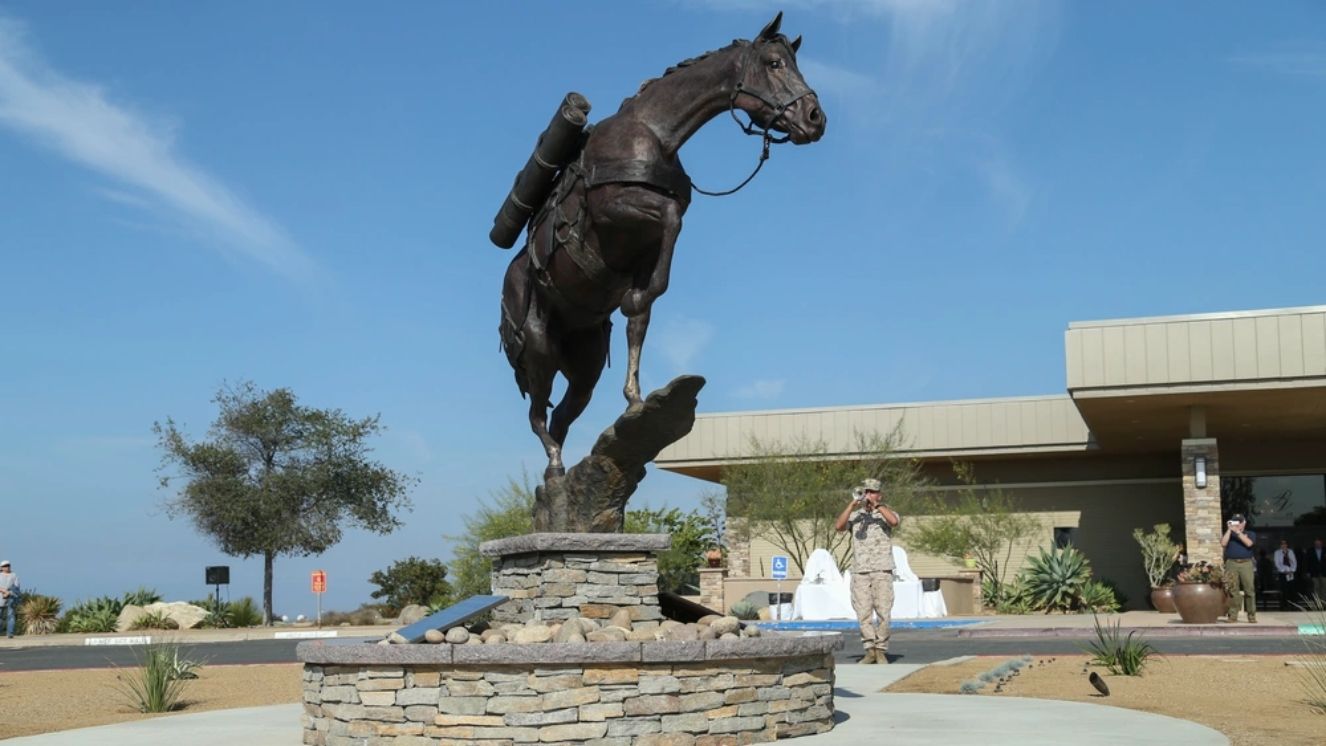PROJECT ICEWORM: THE U.S. MILITARY’S SECRET COLD WAR BASE HIDDEN BENEATH GREENLAND’S ICE

It might sound like something from a Marvel movie, but this story is 100% real. In the late 1950s, the U.S. Army began building a secret underground base in Greenland, hidden deep beneath the ice. The project was called Project Iceworm, and its goal was extraordinary — to create a vast network of tunnels to store and launch nuclear missiles during the Cold War.
A Real Cold War Secret Beneath the Ice
In 1959, the U.S. Army Corps of Engineers started constructing Camp Century, a top-secret military base buried under Greenland’s ice sheet, roughly 150 miles from Thule Air Base.
Publicly, Camp Century was described as a research facility for Arctic survival and scientific studies. Privately, it was a cover operation for Project Iceworm — a plan to hide hundreds of nuclear missiles in tunnels below the Arctic.
The Ambitious Plan Behind Project Iceworm
The Pentagon’s vision was to build a 4,000-kilometer underground tunnel system beneath Greenland’s ice sheet. Within those tunnels, up to 600 nuclear missiles could be stored and moved on rail tracks, making them nearly impossible for the Soviet Union to locate or destroy.
At the time, the Arctic seemed like the perfect place: isolated, desolate, and covered in a thick, white sheet of ice that offered natural concealment.

Building Camp Century: America’s City Under the Ice
To test this ambitious plan, engineers built Camp Century — a functioning underground city beneath the snow.
The base stretched over a mile and included:
- Sleeping quarters for soldiers and scientists
- Communication and control rooms
- Laboratories for Arctic research
- A mess hall and chapel
- Even a movie theater for entertainment
To power the camp, the Army installed the PM-2A, the world’s first portable nuclear reactor used in the Arctic. It was shipped from the U.S. in parts and assembled on-site, providing electricity for the entire underground facility.
For a time, Camp Century looked like a success. Soldiers and scientists lived and worked beneath the ice, collecting valuable data on Arctic conditions. But beneath this peaceful exterior, the U.S. military was quietly testing whether a nuclear missile network under the ice could actually work.
When the Ice Fought Back
Soon, engineers discovered that Greenland’s ice sheet wasn’t as stable as they’d hoped. Unlike solid rock, the ice shifted and deformed constantly.
Within a few short years, tunnels began collapsing as the ice moved. Steel supports bent under pressure, walls cracked, and maintenance became impossible. The dream of an underground missile city began to crumble — literally.
Nature had its own plans, and the ice was stronger than even the most advanced engineering.
By 1966, Camp Century was falling apart. The U.S. also faced political pressure — Denmark, which governed Greenland, had never been told the real purpose of the base.
When the truth began to surface, the Pentagon shut down Project Iceworm and abandoned Camp Century. The tunnels were left to collapse under the ice, burying everything — including equipment and the nuclear reactor — beneath layers of snow.
Lessons from a Frozen Failure
Project Iceworm remains one of the most fascinating — and humbling — stories of the Cold War. It showed both the ingenuity of human ambition and the unpredictable power of nature.
The U.S. military learned a crucial lesson: no matter how advanced the technology, nature can’t always be controlled.
Today, the remains of Camp Century still lie frozen under Greenland’s ice. But as the planet warms, scientists warn that melting ice could eventually expose the buried base and its radioactive materials — a Cold War secret slowly thawing back into history.
Quick Facts About Project Iceworm
- Start Year: 1959
- Location: Northwestern Greenland (150 miles from Thule Air Base)
- Purpose: Conceal and deploy U.S. nuclear missiles under the ice
- Cover Story: Arctic research (Camp Century)
- Power Source: PM-2A Portable Nuclear Reactor
- End of Project: 1966 (abandoned due to ice instability and political issues)
- Bonus Fun Fact: Hollywood has taken inspiration from real Cold War projects like this one. Hidden Arctic bases appear in movies like Captain America: The First Avenger and The Thing.
Project Iceworm remains one of the Cold War’s most intriguing and cautionary tales. Beneath the ice, the U.S. military tried to build a futuristic nuclear base — only to be reminded that even the most powerful nations can’t outsmart nature forever.
Read next:
- Sir Adrian Carton de Wiart: The Unkillable Soldier Who Survived Everything
- The Strange Story of Project Sea Hunt and Its Pigeon Heroes
- 10 of the Best Civil War Movies to Stream Right Now
Sources:
BY ALLISON KIRSCHBAUM
Veteran, Military History & Culture Writer
Allison Kirschbaum is a Navy Veteran and an experienced historian. She has seven years of experience creating compelling digital content across diverse industries, including Military, Defense, History, SaaS, MarTech, FinTech, financial services, insurance, and manufacturing. She brings this expertis...



